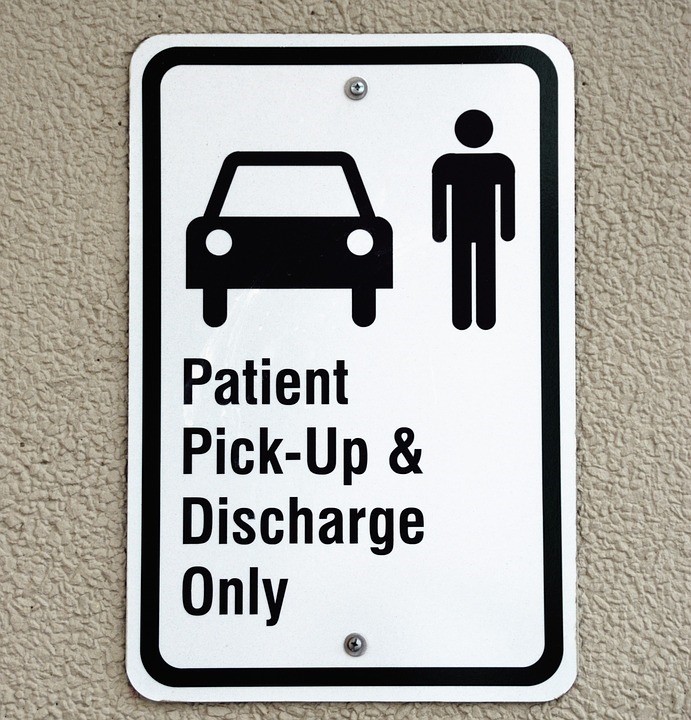By looking closely at individual procedures, healthcare organizations can identify weak points and identify opportunities for automation and greater efficiency. This blog post will focus on the patient discharge procedure, and technology that can improve upon this process.

Source: https://pixabay.com/p-1745442/?no_redirect
Patient discharge process examination
Generally speaking, a patient receives clearance for discharge from a healthcare provider. In out-patient scenarios, the patient typically receives informal documents regarding follow-up care, as well as any necessary prescriptions.
In in-patient scenarios, the discharge request may be submitted through an orders or record system. An administrator will update the patient record, and ensure that any post-hospital accommodations are prepared. This may include arrangements for transportation, physical therapy, and self-care. The patient will be provided with follow-up instructions, before being discharged.
Within these processes, there are several paper-intensive steps that could be optimized with technology—including the creation and storage of discharge notes, discharge planning information, patient record files, sign-offs from all parties, and post-care instructions.
Patient discharge automation opportunities
The discharge process tends to involve a lot of paper. It is where the patient record is finalized and archived; a good deal of information is provided to the patient.
Scan capture
The patient discharge process begins with a discharge order. According to Keypoint Intelligence/InfoTrends research, less than 50% of these orders are submitted directly to an electronic medical records (EMR) system.
About 30% of discharge orders are manually recorded on paper; placed in a paper-based record system; and scanned in by a records department after the patient is gone. A scan/capture solution could significantly enhance the scanning process. The solution could turn a static document into editable and searchable data, which could be directly transferred to an EMR system.
Document management
In general, multiple parties sign off on discharges. The collaborative features of a document management solution could help streamline this process. Group editing and document updating features allow disparate providers to sign off on a discharge without waiting for one another. Meanwhile, the integrity of the document is maintained.
Check-in/check-out allows a user to open a document and lock the file, so that several people aren’t changing it at once and saving conflicted copies. Version control, meanwhile, saves multiple versions of a document in case a mistake is made and an earlier version is required.
Security can be enhanced by audit trails, which keep track of who has accessed and updated a document. Document management solutions create a venue for collaborative work, making the discharge process more efficient.
Output management
If a patient requires record transfers or a copy of his or her records, it is mostly commonly requested and provided in hardcopy format. Between this output and other printouts (e.g., homecare instructions, financial information, prescriptions), healthcare organizations should ensure they are printing efficiently.
Output management solutions can help ensure that this is the case. Analytics allow administrators to understand the actual cost of print in the organization, and subsequently employ tactics to create savings.
Output management can also help enforce rules on more expensive multifunction printers (MFPs), or route jobs to the most cost-effective printer. With output management solutions, the necessary print in the discharge process can be less expensive.
Summary
The healthcare discharge process tends to involve a significant amount of paper, including provider sign-offs, follow-up care instructions, financial documents, and prescriptions. Solutions for scan/capture, document management, and output management can help improve upon these processes through automation, collaboration and security features, and cost-effective printing.
